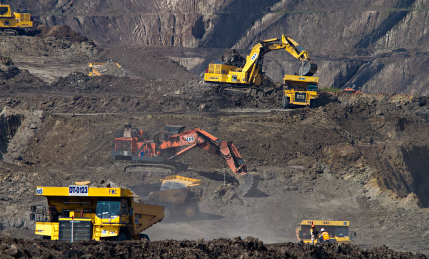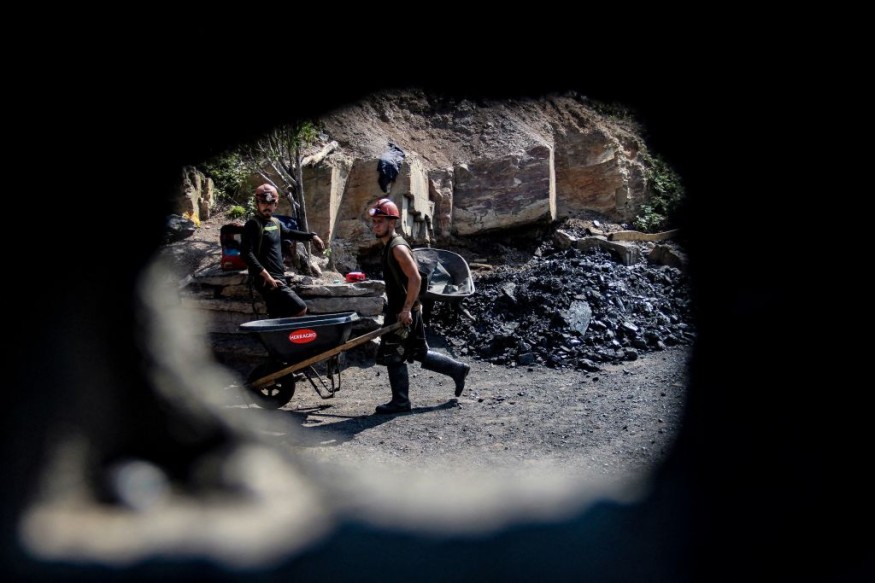The resumption of coal mining poses a danger to global warming ambitions. As data shows the amount of emissions, the energy crisis motivates plans to expand the usage of the worst fossil fuel.

Current Energy Crisis
During the present energy crisis, governments worldwide have explored expanding coal use, sparking warnings from energy experts about increased greenhouse gas emissions.
In addition to the carbon dioxide emitted when coal is burned as fuel, it releases trapped methane gas from the rock layers. To minimize global warming, both carbon and methane emissions must be addressed. Since pre-industrial times, temperatures have risen by at least 1.1 degrees Celsius.
While methane is the second-leading source of global warming, minimizing leaks is the most efficient strategy to combat warming in the short term since it retains significantly more heat than carbon over a shorter period of time.
Coal Mines
In 2021, operational coal mines released 52.3 million tonnes of methane, according to new mine-level statistics from Global Energy Monitor, a non-governmental organization that studies fossil fuel and renewable energy initiatives. This is more than gas (45 million tonnes) and oil (39 million tonnes), and it is 10 million tonnes greater than the International Energy Agency's forecasts.
Also Read : Report Showed that Huge Astronomy Observatories are Leaving Behind Equally Massive Carbon Footprints
Reducing Methane Emission

At the last UN climate summit, more than 100 nations pledged to reduce methane pollution by 30% by 2030, but some major contributors to global emissions, such as China, Russia, and India, did not sign on.
According to GEM statistics, China, the world's top national emitter, remains the world's greatest producer and consumer of coal, accounting for 73% of global coal mine methane emissions.
Mines in Poland and Russia are among the leading polluters in Europe. Before the present crisis, Russia supplied half of Germany's coal imports.
The type of coal and the depth to which it is mined significantly impact emissions. Deep mines in Poland emit almost the same amount of methane as mines in Indonesia, which generate more than five times the quantity of coal.
There are 465 new mines or mine expansions throughout the world, which may produce an additional 11.3 million tonnes of methane each year. Even if all of the mines under development were to open, they would still emit approximately half as much pollution.
GEM's figures for coal mine emissions are greater than the IEA's estimates, implying that even more drastic reductions are required to meet the 2030 aim of net-zero emissions.
According to GEM, the world's gassiest coal mines may emit 67 times more methane than mines with equivalent production. According to the IEA, retiring the worst-performing quartile of coal mines may save more than 20 million tonnes of methane emissions.
Achieving Net-Zero
According to GEM, the only option to stay on track with the IEA's net-zero road plan by 2050 is to enact "new and unprecedented controls on coal mine methane emissions" and cancel new mine operations outright.
Related Article : 200 Health Journal Calls Out World Leaders to Address How Climate Change Causes Health Hazard
For more environmental news, don't forget to follow Nature World News!
© 2025 NatureWorldNews.com All rights reserved. Do not reproduce without permission.





